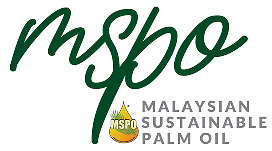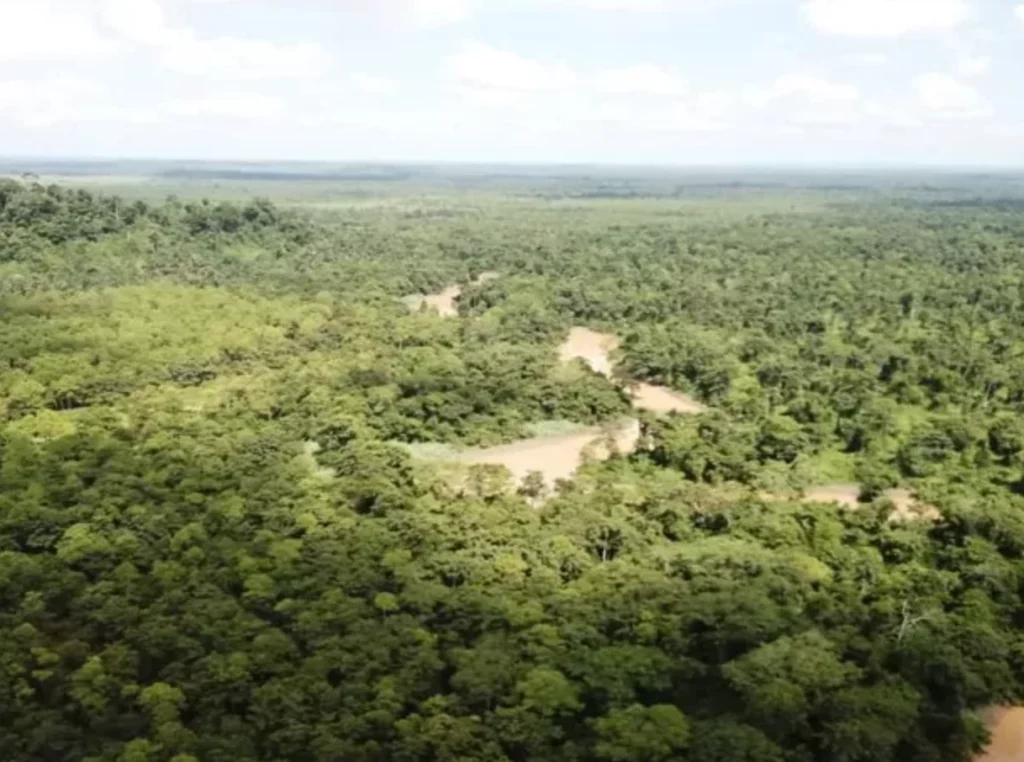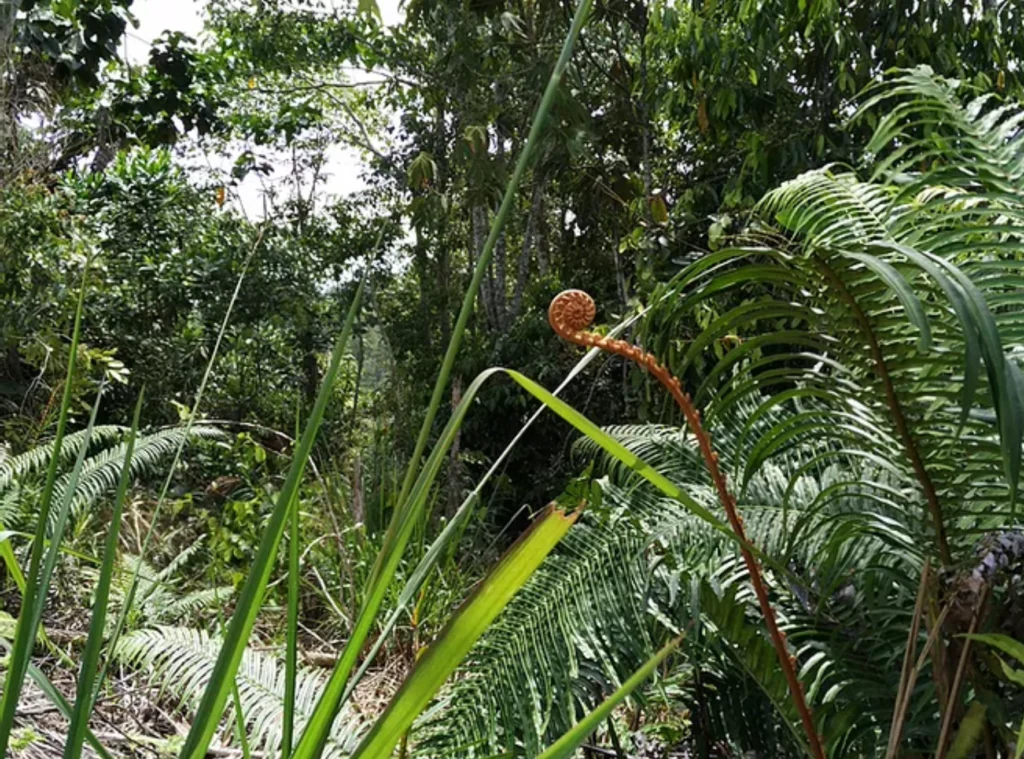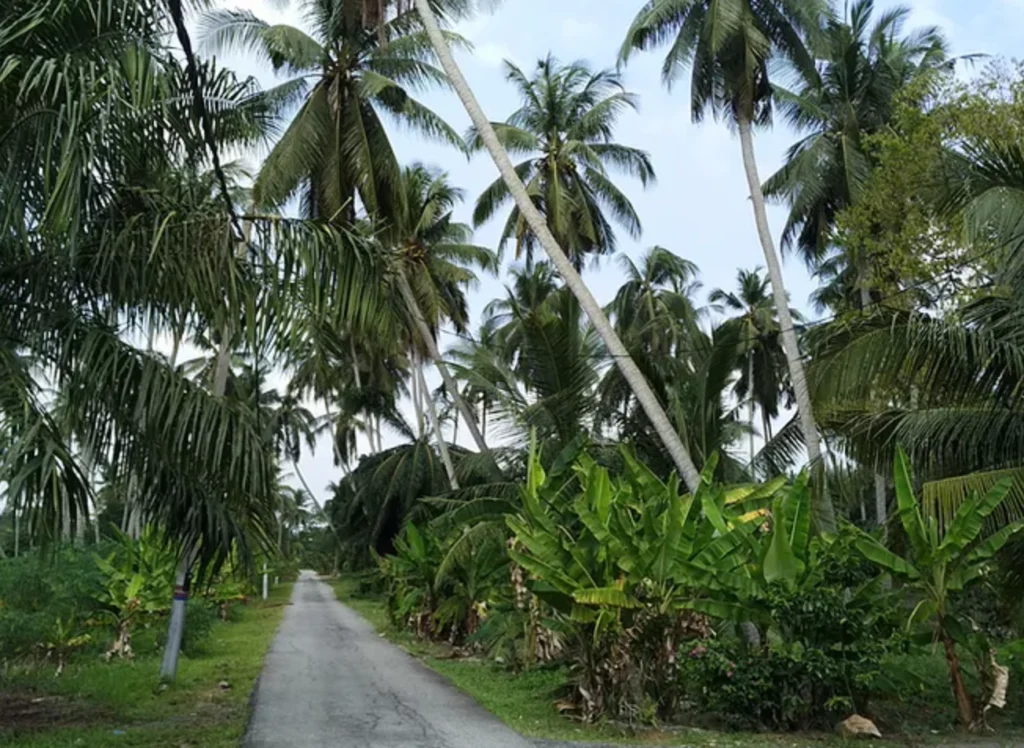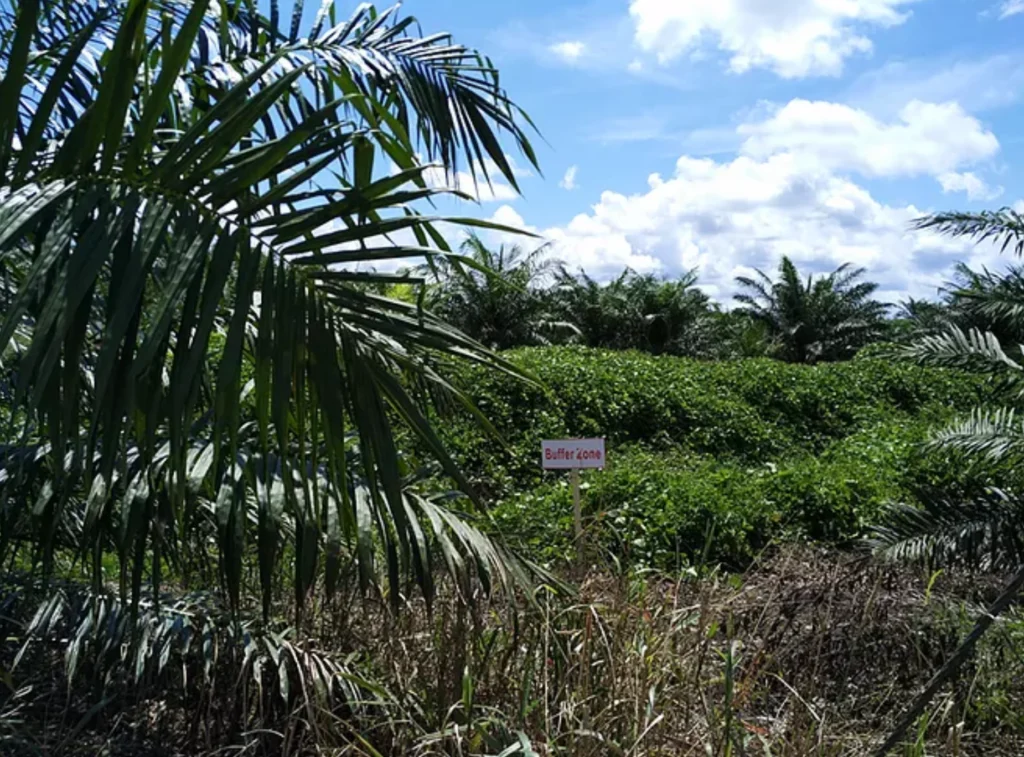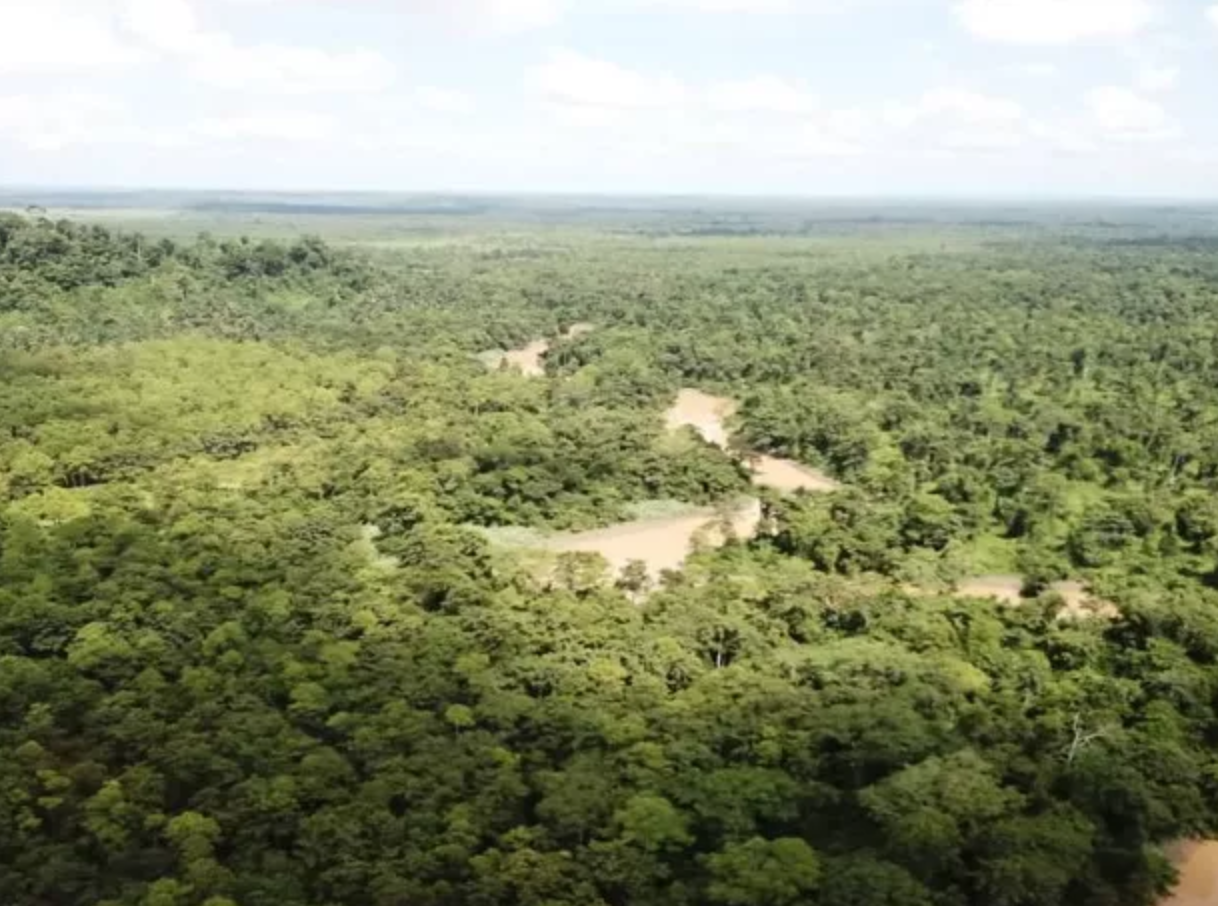
Of all the things we took away from a lengthy meeting with Sawit Kinabalu, one statement stood out.
“Waste into wealth.” This was repeated several times by the Group Managing Director, En Masri Pudin. What he meant was that the company looks at every little detail in their operations, including operational wastes and tries to convert that into profits!
Sawit Kinabalu
is a Sabah state owned corporation that operates thirty-four estates spread out over four regions in Sabah. Its other operations include eight mills, nurseries for oil palm oil seedlings and close to fifteen thousand heads of cattle. On the upstream side, the company has also its strong agriculture services units where they have a germinated seed production centre that has the capacity of producing 10 million seeds peryear; a central laboratory for soil and chemical analysis and Biotech Laboratory for production of clonal planting material.
Incorporated in 1996, the company now manages its operations across 70,000 hectares of land which also includes non-palm oil related industries in property development. Core to its corporate mandate is creating employment for Sabahans and towards that end; it has done well as the company employs over 12,000 people.
Sustainability over Certification
“Our focus was more on sustainability and not certification,” explained En Masri. “If what we do qualifies for certification, then we are happy, but our work is on sustainability.”
This approach towards sustainability is why the group built one of the first biogas plants in 2012 to capitalise on the emissions of its operations. The biogas plant was celebrated not only as a sustainable source of energy to power its operations but also as a way to increase profits. As
reported at the time
, the self-supply of energy would see at least 2.5 million RM savings annually.
Since that report, the production of livestock feed from palm oil wastes have now been realised as the group produces its own livestock feed for its cattle.
En Masri told us that the company’s livestock feed includes 50% oil palm waste such as oil palm frond (OPF) as source of fiber and Palm Kernel Cake (PKE) which has so far shown a great conversion of input into output, meaning the cattle are growing well.
“We don’t use all the oil palm fronds available,” he said and explained that two thirds of the fronds are left on estate grounds as ground cover and a continuing source of organic enrichment of the soils.
The group has a goal of rearing up to 50,000 heads of cattle to reduce Sabah state’s import of beef. What is most remarkable about the livestock program is how the group uses livestock to graze on weeds and grasses within its oil palm estates to reduce the need for chemical weed control.
This detailed attention to the environmental impact of its operations explains why the group decided to allocate 1100 hectares of its area to conservation in 2003. En Masri was quite proud of the group’s conservation initiatives, and he has every right to be.
“We were protecting areas for conservation long before it became trendy. Now they call it High Conservation Value areas but back in those days, we just saw the wildlife in the area, and we said we cannot develop this area. It must be kept for wildlife and conservation.”

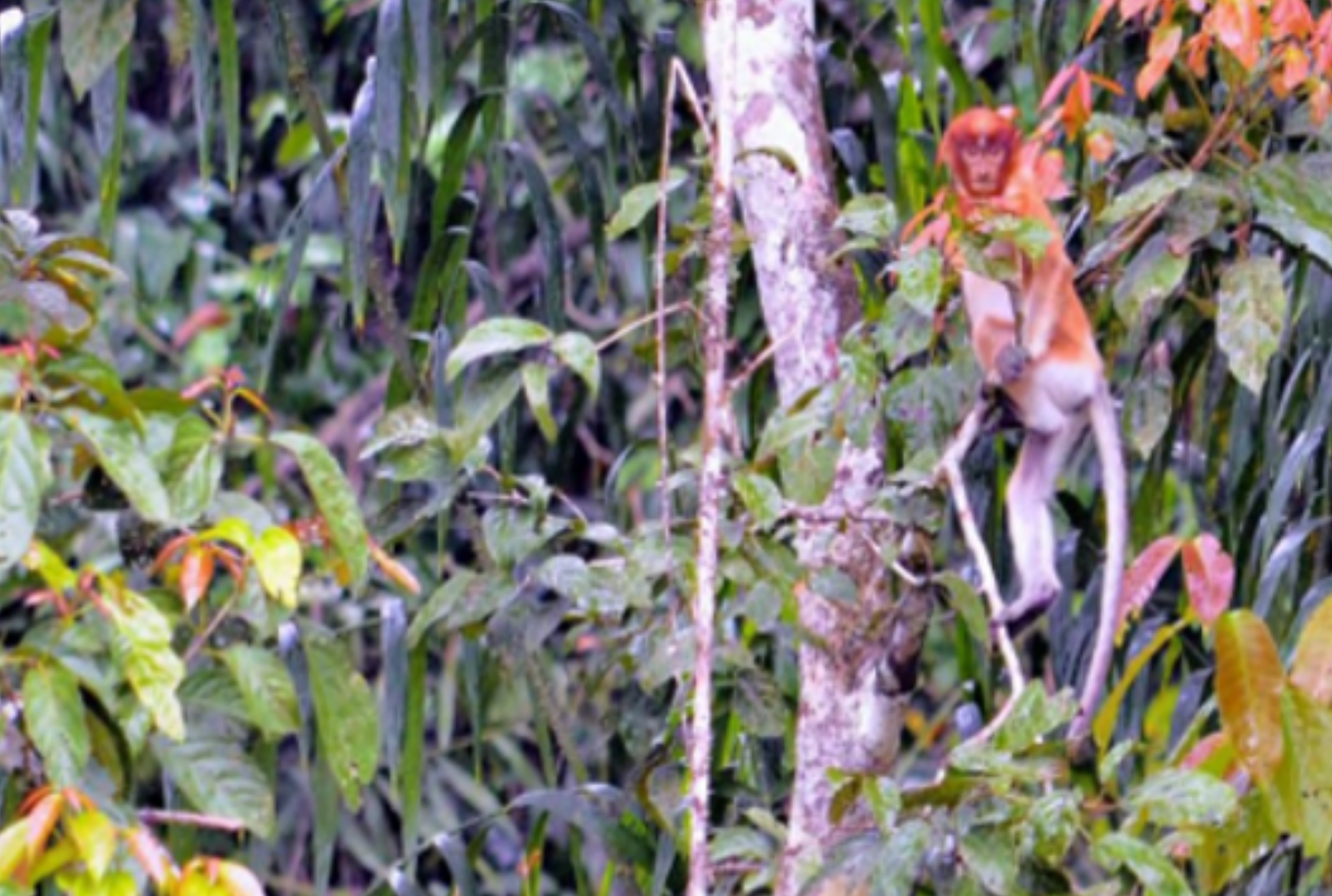
“The area” he spoke of is now well known as the Sungai Pin Conservation area. From the initial set aside of 1100 ha, it has grown to 2632 hectares of wilderness space that contributes to a large wildlife reserve as well as the virgin jungle reserve of Bukit Mansuli.
A Memorandum of Understanding was signed between Sawit Kinabalu and the Sabah Forestry Department in October 2017 which registered the Sungai Pin Conservation area under a European Union REDD+ program. This was the ultimate recognition of the importance of Sungai Pin Conservation Area for Bornean biodiversity and climate change mitigation.
Its on-going program to rehabilitate the area with community engagement has drastically reduced community encroachment into Sungai Pin which was estimated at 2000 hectares in 2012. The rehabilitation program which has seen half a million endemic trees planted in the area has shown that a bit of human intervention in habitat recovery is better than natural regeneration. The best witness to this is the wild orangutans which are returning to Sungai Pin Conservation Area in record numbers.
Encouraged by the conservation success at Sungai Pin, Sawit Kinabalu has indentified close to more than 7,000 hectares of other conservation areas within its other estates in Kudat, Beaufort, Sandakan, Lahad Datu and Tawau. The identification of these areas was prompted by its on-going effort to become certified under the RSPO, ISCC and MSPO certification schemes.
In applying its “waste to wealth” approach to conservation, En Masri underlined that unplantable areas as determined by certification schemes, should not be left to regenerate naturally. With some intervention, these “wasted” plantation areas could be converted into rich conservation areas to add to the wealth of Sabah’s biodiversity.
